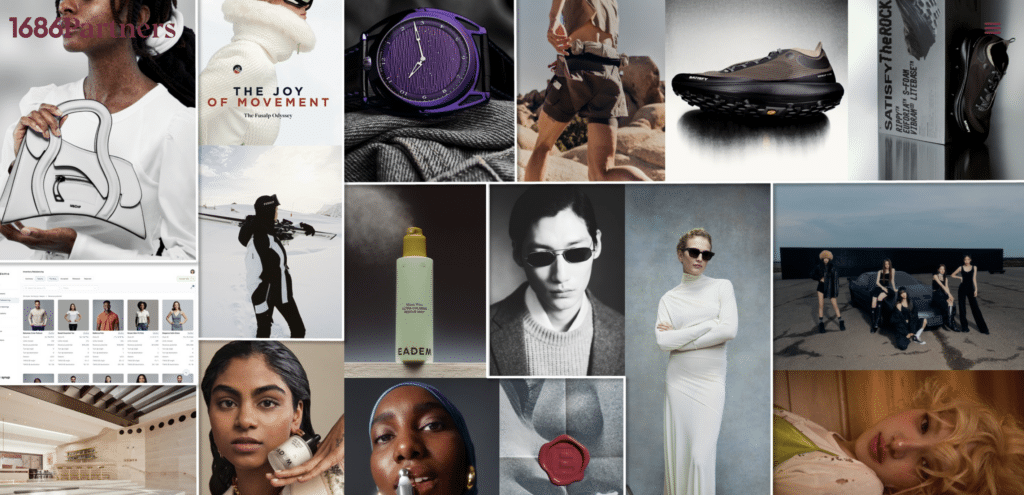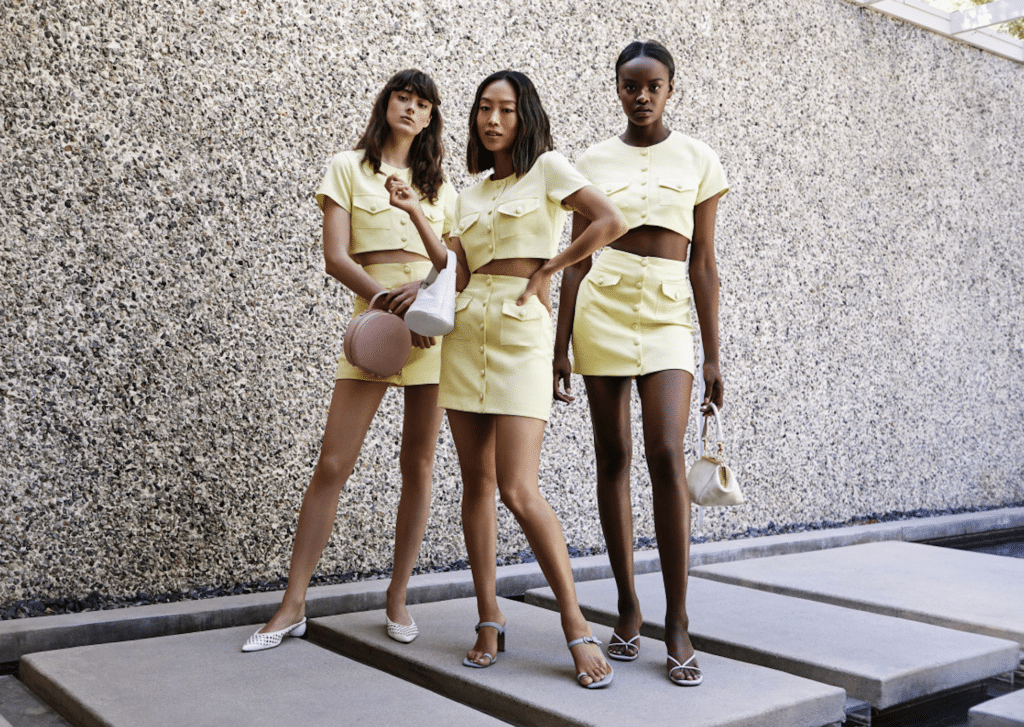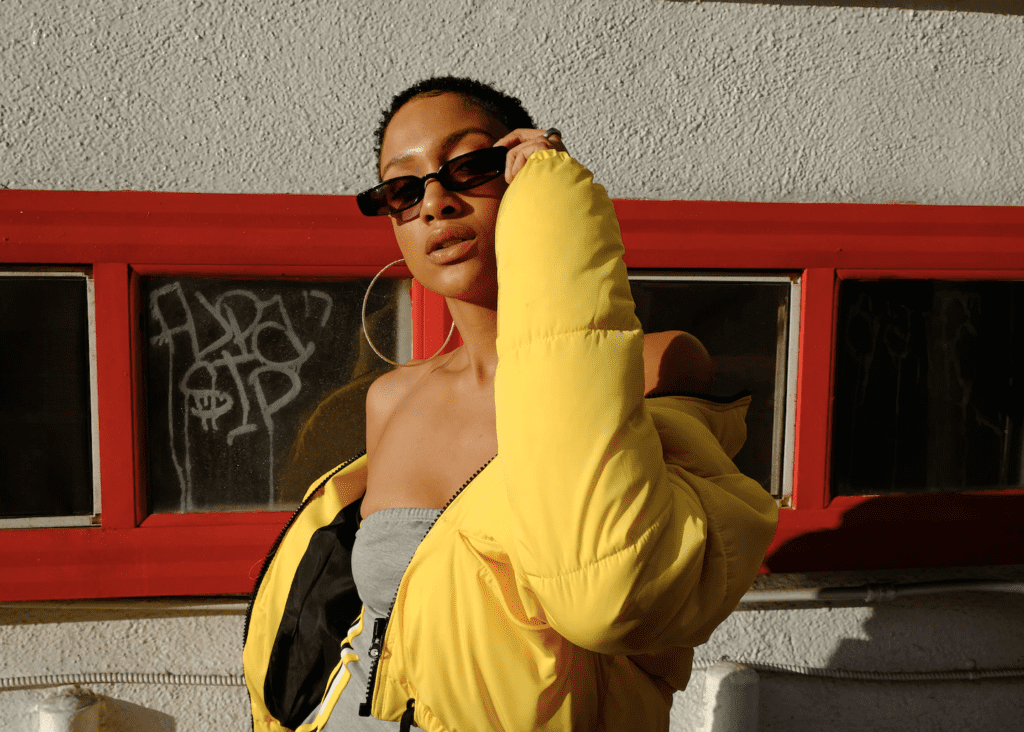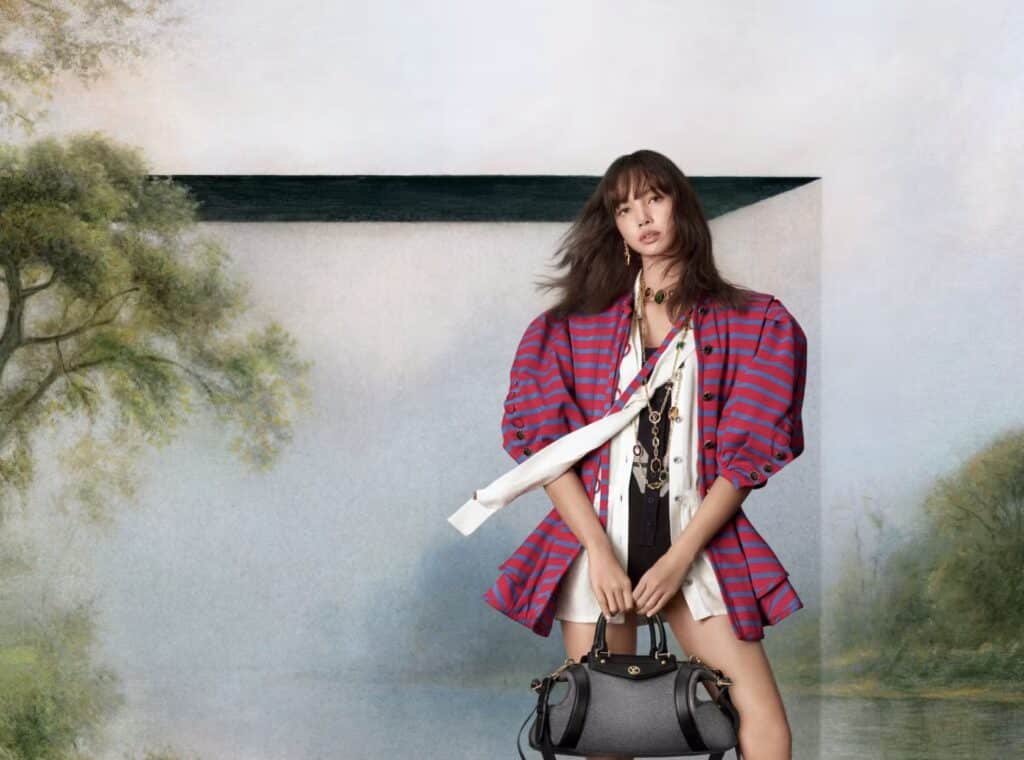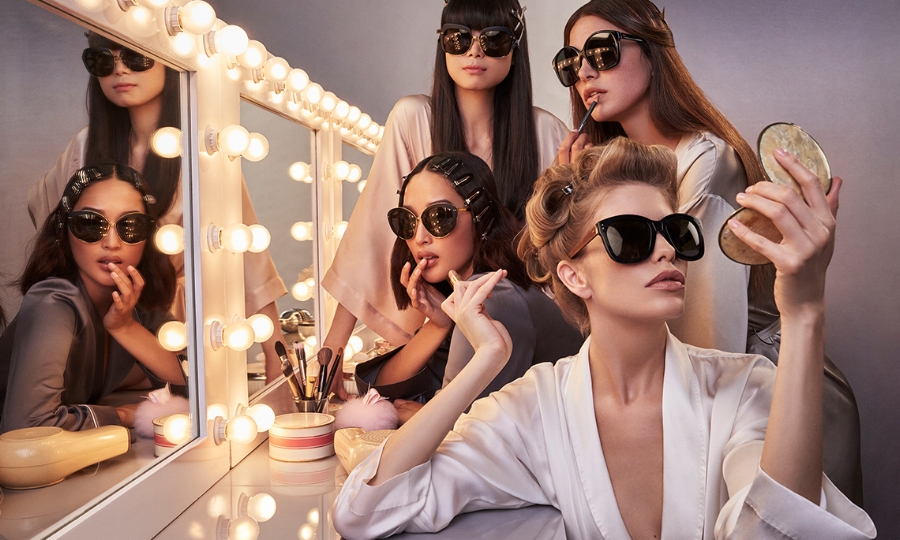
image: Linda Farrow
Instagram’s fashion royalty – or individuals that are better known as influencers – are here to stay. These individuals, who boast anywhere between a few hundred thousand followers and several million, are routinely paid by brands to wear their garments or carry their accessories, to collaborate on collections with retailers, and to attend fashion shows, branded dinners and fashion parties, because simply having them there “earns the brand kudos [and social media impressions],” as Harper’s Bazaar recently put it. And with the power to sway buying behavior, the way in which brands have been working with influencers – and the which brands have opted to begin working with them – has been evolving in significant ways.
To sum up the impact, enduring appeal, and ever-growing demand for and power of influencers, we look to a handful of the most telling figures associated with these individuals and this marketing tactic as a whole.
* This is the first in a series of articles – entitled, The Business of Influence – dedicated exploring the state of influencer marketing, which you will find this week on TFL.
0 – 5,000 – The range of followers held by “advocate” influencers, which, according to L2 Digital, maintain an engagement rate (with their followers) of 8 percent. That is greater than the engagement rate of celebrities (those with 8M+ followers), mega-influencers (those with 1M-7M followers, and large-scale influencers (those with 250K-1M followers) combined.
2 percent – The percentage of celebrity-level influencers (those with over 8 million followers) that exist on Instagram, per L2 Digital.
62 percent – The percentage of brands/retailers that measure the success of an influencer partnership by revenue and sales, per Fashion and Beauty Monitor’s 2017 “The New Face of Luxury” report.
70 – The number of influencer events that online retailer Revolve held in 2017.
71 percent – The percentage of people that tend to consult social media before making purchasing decisions and/or are likely to purchase an item based on social media referrals, per Social Media Today.
79 percent – The percentage of brands/retailers that measure the success of an influencer partnership by the amount of online traffic generated, per Fashion and Beauty Monitor’s 2017 “The New Face of Luxury” report.
82 percent – The percentage of consumers that are “highly likely” to follow a recommendation made by a micro-influencer, per Contevo.
90 – The number of letters that the Federal Trade Commission sent to celebrities, fashion bloggers, models, athletes, and other influencers in April 2017 warning them about the legal requirement to disclosure sponsored posts.
91 percent – A whopping 91 percent of luxury brands are using influencers in connection with their marketing efforts, according to L2 Digital.
1,000 to 100,000 – The number of followers that are typically associated with “micro-influencers,” those that build more a niche following than major influencers but that boast high engagement rates, thereby making them attractive to brands/retailers.
20,000 dollars – The amount of money brands are reportedly willing to pay per post for placement on Danielle Bernstein’s WeWoreWhat Instagram account, per Forbes.
500,000 dollars – The reported value of super-influencer Aimee Song’s year-long, unexclusive deal with cosmetics brand Laura Mercier.
550,000 dollars – The amount of money per post brands are willing to pay for singer Selena Gomez, who boasts 132 million Instagram followers, to endorse them on her account, per FT.
1 million – Arielle Charnas is said to have driven more than $1 million in sales for her exclusive line with Nordstrom in less than 24 hours in September 2017.
11.4 million – The number of users following super-influencer Chiara Ferragni on Instagram.
570 million dollars – The amount of money spent on influencer marketing on Instagram in 2016, per eMarketer.
1 billion – The reported value of the influencer marketing segment.











